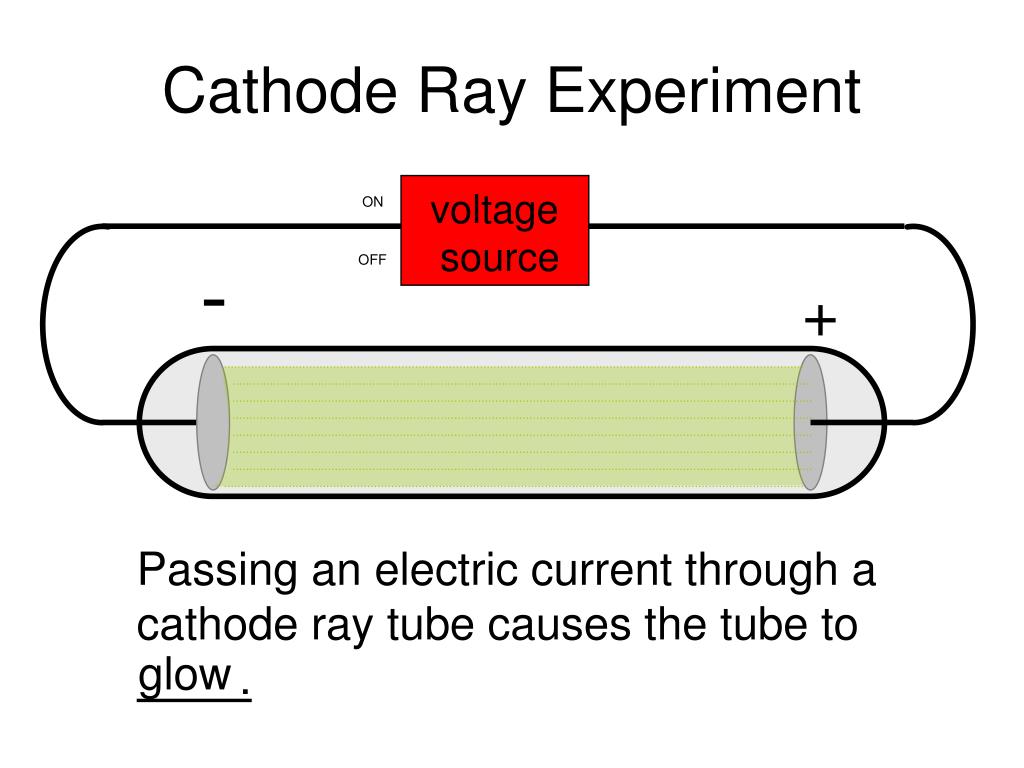

I’m doing this in an FCS chemistry lab, using the vacuum pump that’s there. “To build my own cathode-ray tube,” he continued, “I started with a plain Erlenmeyer flask, but I eventually switched to a filtering flask, because it has a little nozzle on the side that I can pull the vacuum from. They can flow freely because there’s no air to disrupt their path.” “This creates streams of electrons, which are called cathode rays. With a cathode-ray tube, “you create a vacuum inside a glass tube, and you have super-high voltage, causing electrons to jump from the anode to the cathode,” Rupert explained. “There wasn’t one, so I decided to build my own,” he said. He emailed his chemistry teacher, Phyllis Hanson, PhD, to see if Friends’ Central had something approximating a cathode-ray tube so he could see it in action. I spent an hour down a Google rabbit hole, and I decided I wanted to try and mess with cathode-ray tubes.” “And I thought, that seems pretty straightforward, and then I got really curious about how old televisions worked. A natural engineer, he had a general understanding of the mechanism of transistors, LEDs, and LCD displays.
#Cathode ray experiment for dummies tv#
While watching TV one day, he found himself thinking about how it worked. “I love understanding things,” said Rupert.


It’s a project he himself devised, and he’s exploring it with the single-minded passion and focus of the truly intellectually curious. F riends’ Central Sophomore Rupert Bowen is conducting an independent experiment building cathode-ray tubes in an FCS chemistry lab.


 0 kommentar(er)
0 kommentar(er)
